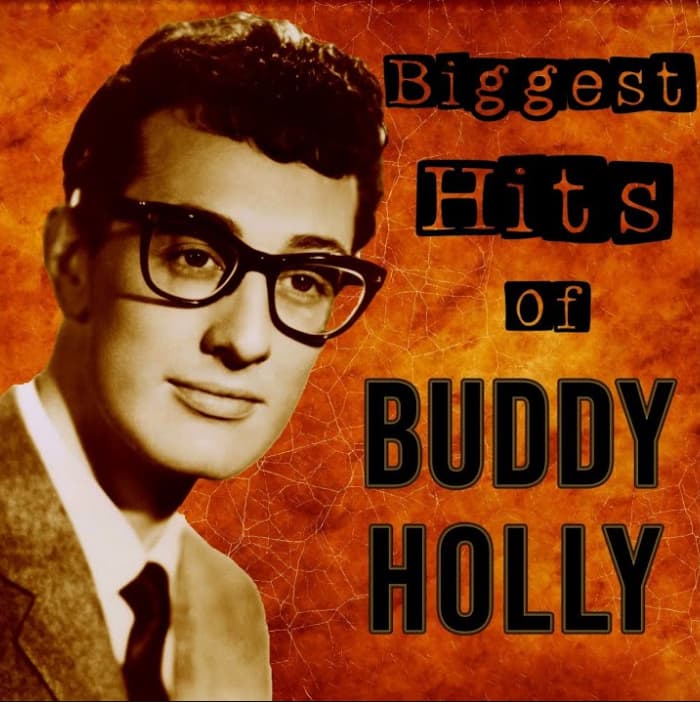
🎸 That Restless, Unstoppable Surge of Young Love: The Quintessential Rockabilly Pledge
A frantic, joyful testament to youthful devotion, driven by a raw acoustic beat that captures the boundless energy of early rock and roll.
There’s a specific kind of electricity that crackles through the best of 1950s rock and roll, an untamed energy that seems to vibrate straight from the grooves of the vinyl. And when you talk about that pure, unadulterated power, you must talk about Buddy Holly. His 1958 single, “I’m Gonna Love You Too,” is a masterpiece of this style—a brief, frantic burst of rockabilly devotion that sounds just as fresh and exhilarating today as it did more than sixty years ago.
Let’s nail down the vital stats first, for context. Buddy Holly recorded this gem on July 12, 1957, at the now-legendary Norman Petty Recording Studios in Clovis, New Mexico, and it was released as a single on Coral Records in February 1958, backed with “Listen to Me.” Curiously, despite the sheer quality and infectiousness of the track, “I’m Gonna Love You Too” did not chart on the Billboard Hot 100 upon its initial US release. This is a fascinating footnote in Holly’s career, proving that chart success doesn’t always equal musical immortality. However, it was a regional hit in various markets and a key inclusion on his second, self-titled album, Buddy Holly, released the same year. Its true legacy, however, is best measured by its influence, not its initial peak position, as it was later covered by everyone from The Hullaballoos (who took it to No. 56 in the US in 1964) to the New Wave giants Blondie, who made it the lead US single from their monumental 1978 album, Parallel Lines.
The story behind the songwriting speaks volumes about the collective, collaborative spirit of those early sessions in Clovis. The official credits list bass player Joe B. Mauldin, rhythm guitarist Niki Sullivan, and producer Norman Petty as the writers. Yet, over the years, there has been considerable discussion—most notably from drummer Jerry Allison—suggesting that Buddy Holly himself was the primary creative force, often giving credit to his bandmates or manager for business reasons. This ambiguity just adds to the mystique of the music coming out of that humble studio: a flurry of creativity that prioritized the song above all else.
The sound of “I’m Gonna Love You Too” is its meaning. It’s a statement of fierce, undeniable infatuation. The frantic, almost desperate acoustic guitar rhythm—often mistaken for a train barreling down the tracks—sets a tone of restless excitement, perfectly matching the theme of a lover who can’t wait a moment longer. It’s the sound of a young man, perhaps standing outside a girl’s window or waiting nervously by the phone, his heart racing with an overwhelming sense of urgency. For us older listeners, it’s a direct connection back to those dizzying first feelings of true, consuming love, a memory of a time when everything felt so intense, so now.
And who could forget the delightful little accident that forever linked this song to the group’s identity? Towards the end of the recording, a genuine, actual cricket chirp can be heard! Rather than editing out this intrusion from nature, Holly and the group—who were, of course, called The Crickets—wisely decided to keep it in, lending a charming, almost mythological flourish to the track that survives to this day. That simple, serendipitous chirp, blended into the masterful two-minute arrangement, reminds us of the raw, unpolished, and wonderful innocence that defined the very best of early rock. It’s a joyful, unforced promise—a memory you can dance to.